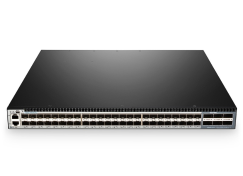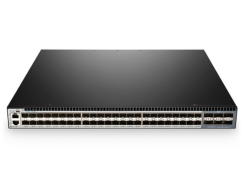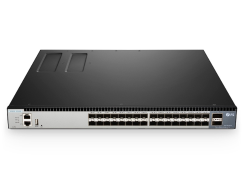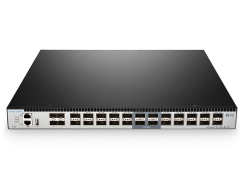What is a Network Packet Broker?
Why do you need a Network Packet Broker?
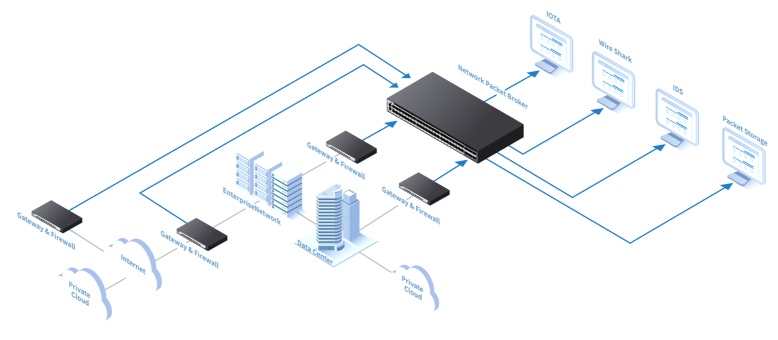
| Interfaces | 48 x 10G SFP+6 x 40G QSFP+ | 24 x 10Gb SFP+2 x 100Gb QSFP28 | 32 x 100Gb QSFP28 | 48 x 10G SFP+100G QSFP28 | |
| 1G | | | - | | |
| 10G | | | - | | |
| 40G | | | | | |
| 100G | - | | | | |
| Highlights |
| ||||
Network Packet Broker Key Features
- AggregationAggregate traffic coming from multiple incoming links
- ReplicationReplicate traffic to multiple monitoring and security tools
- Load BalancingBalance traffic over multiple monitoring and security tools
- FilteringSend only actionable data to each of the connected tools
- Packet SlicingOptimize bandwidth, storage utilization and ensure security
- Packet EditingEnsure packets are sent to the destination address correctly and timely
- Tunneling and De-tunnelingERSPAN tunneling and detunneling, GRE de-tunneling, VXLAN de-tunneling
- Time StampingMeasure the latency for an accurate network analysis
Network Visibility Solution in Data Centers

FS Network Packet Brokers FAQs
Q: How does the Timestamp feature of the Network Packet Brokers help me?
A:Through the source port and timestamp information carried in the packet, the server cluster can know the exact time consumed by the packet at each layer of the data center. The port number identifies the device from which the traffic is coming, and the time stamp of each device calculates the network delay.
Q: I don't understand the message truncation function of the Network Packet Brokers, can you explain?
A:The message truncation function truncates the received traffic to a packet of 64 to 128Bytes before it is forwarded from the egress. In this way, only the packet header information can be sent to the security device or the traffic analysis device, which can effectively reduce the burden of the back-end analysis system. At the same time, the information carried by the layer is not applied, thus achieving the effect of traffic desensitization.
Q: If there are multiple collection points and traffic is sent to the analysis device, how does the Network Packet Brokers tell the analysis device which collection point the traffic is coming from?
A:Different vlans can be used to mark traffic collection ports to carry this information.
Q: Can the VxLAN/GRE message be processed?
A:Yes, the Network Packet Broker can decapsulate the VxLAN header information and divert traffic to specified devices. You can also Tag the decapsulated traffic to carry tenant information.

